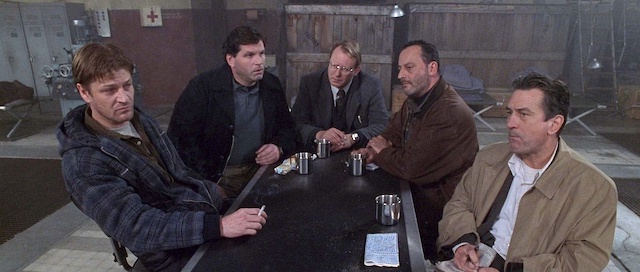Make Your Mystery Suspects Suspicious
Challenge Your Sleuth With Mysterious Suspects
Suspects are the lifeblood of your mystery. Without them your mystery sleuth would have no challenges and solve the mystery in an instant. While evidence, clues, and red herrings help your reader keep guessing, the suspects provide personal interaction with your sleuth. That interaction is the story world that keeps your reader turning pages.
Your challenge as a mystery writer is to create characters that challenge your sleuth. Your detective must track down, examine, and determine each suspect’s relationship to the victim. Each interaction with a suspect drives your sleuth – and your reader – toward the final solution.
Four Steps to Create a Suspicious Character
Each suspect had a relationship with the victim. Use that relationship to provide insight into the victim’s world. But, each suspect also has a private life. That private life is what drives the interaction with your sleuth.
Start your suspect by building a rich background.
- Life related to the victim
- Personal life not related to the victim
- Secrets they want to keep hidden
- Lies they tell to preserve the secrets
Go way beyond The Thug as a character. Give the thug a name, a background with relationships, a physical fallibility, and emotional weakness. Adrian McKinty creates a memorable layered hitman, Markov, in his novel Falling Glass in a relationship with his girlfriend which up the stakes of his assignment.
Authors like Ruth Rendell, Ann Cleeves, and Elizabeth George build their mysteries on deep psychological character portrayals. Even if you are not writing a “psychological” mystery, you’ll build reader engagement by delving into your characters.
The Suspense Secret
The more readers see your characters hiding secrets the more they engage in solving the mystery. Your sleuth works hard to uncover the secrets suspects hide. Your readers will work just as hard as suspects throw up screens and hide personal secrets.
The secrets your suspects harbor do not need to be related to the murder. A suspect can appear suspicious by hiding a personal secret that doesn’t relate to the victim or the murder. The very act of attempting to hide a secret creates tension in your story. Tension keeps readers turning pages.
Rich supporting characters give your readers an engaging reading experience. The obstacles they create for your sleuth are obstacles for readers who are trying to solve the mystery.
Zara Altair



